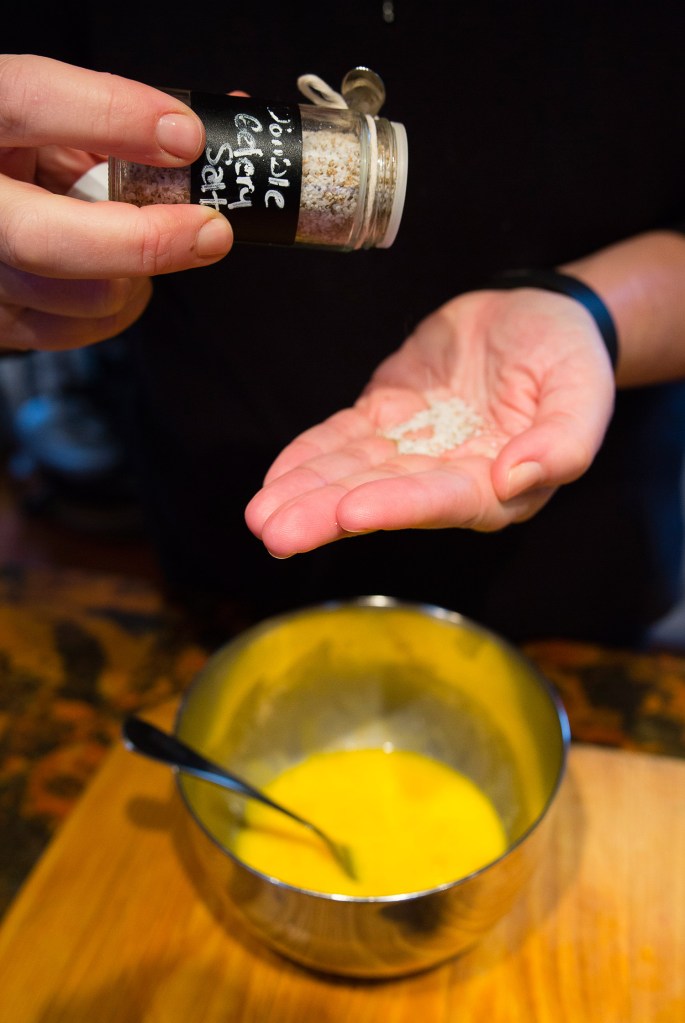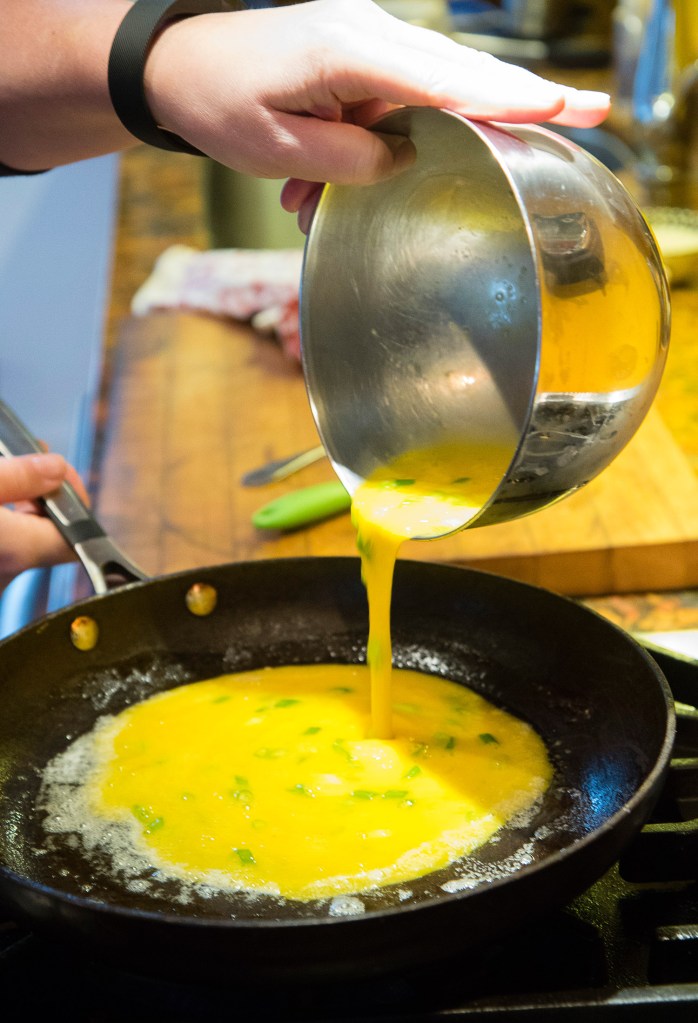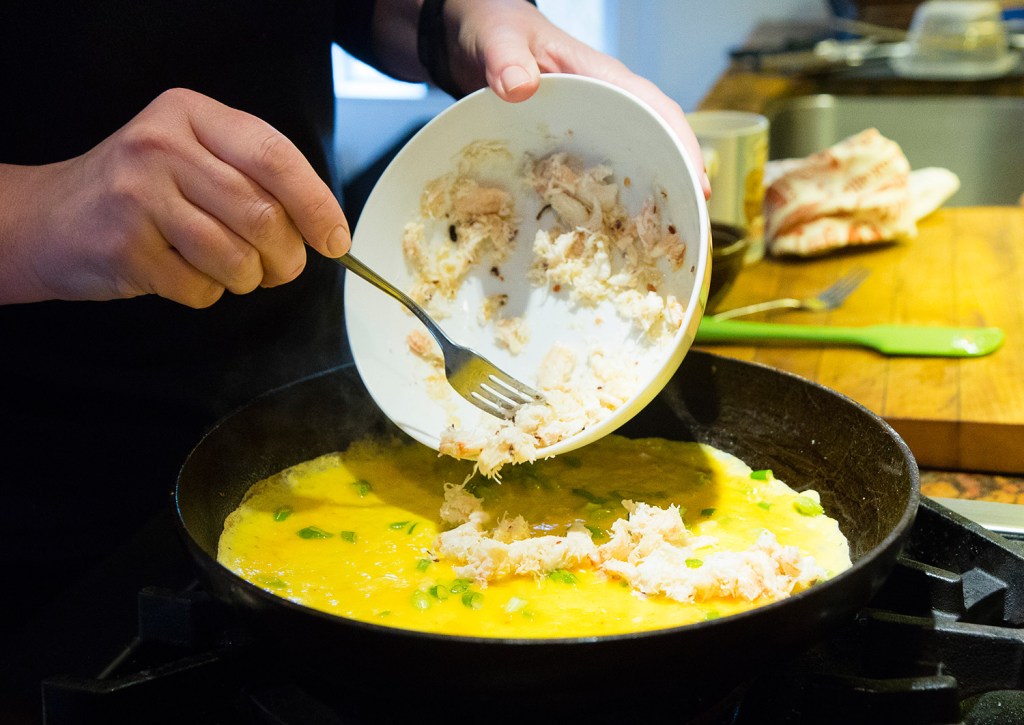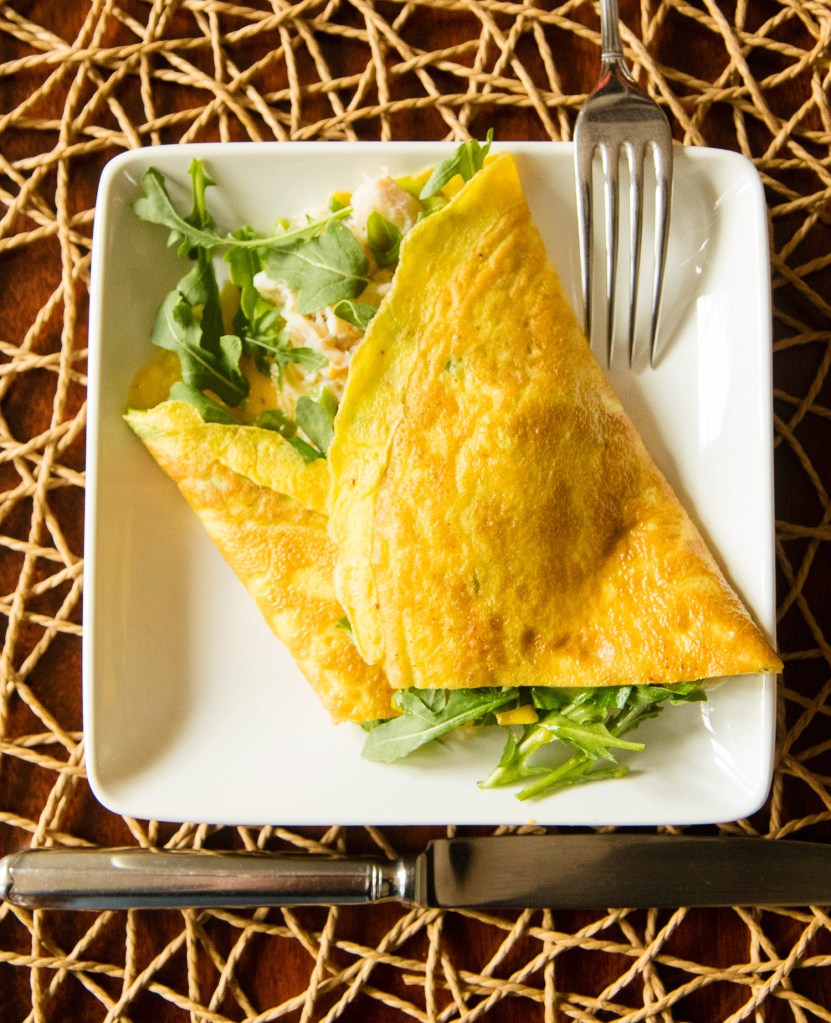As I approach my second anniversary writing this column, I’ve starting wondering more and more about whether the baby steps I often suggest will add up in the longterm. Each week in Green Plate Special, I try to break down the process of eating sustainably into digestible chunks. I illustrate each topic with a recipe I hope is tempting enough to persuade readers – you – to make sustainable changes in your own kitchens.
The Pollyanna in me stamps her foot earnestly and says that every little bit has got to help, right?
But the piles of reports digging into how our industrialized food system has overtaxed our soil; the demographic assertions that by 2050 there will be 9.6 billion mouths to feed; the ongoing social and political debate about what role laboratories should play in food production; and, the gobs of data regarding how warming oceans and changing climates are affecting food supplies, can render even those very optimistic voices in my head speechless.
Add to those, your online comments, specifically about columns I’ve written about using fewer paper towels, re-growing scallion bottoms, serving soup to my neighbors made from kitchen scraps, and cutting back (but not eliminating) meat consumption. Some of you have commented that these won’t add up to a hill of beans, further undercutting my inner Polly.
So I’ve been looking for data that will help me answer this nagging question: Do the small efforts made by 10, 25 or even 50 moderately sustainable eaters lighten the footprint of environmental consumption more than, less than or equal to the concerted efforts of a single vegetarian who grows her own food, prepares it without the help of fossil fuels, wastes nary a potato peel, and never forgets to put reusable bags into her panniers before cycling to the (farmers) market for incidentals?
Arriving at an answer to that query is going to take some serious data mining and maybe even some complicated coding. As a physicist friend who studies global warming explained, myriad organizations (like sustainability centers at land grant colleges, environmental think tanks, concerned scientists across the globe and local, state and federal governmental agencies) are tracking the environmental costs of all sorts of food consumption activities. But the trick yet to be pulled off is collating and then correlating them to the various personal sustainable eating habits.
With all these moving parts in play, the environmental benefit realized from how any one eater sources, prepares and conserves food is going to vary. Even Pollyanna recognizes that reality. But I am hopeful that in this Fitbit-toting world (over 21 million of these trackers were sold in 2015), where counting up single paces literally adds up to sustained personal health, we can establish a system to track sustainable eating activities, one that proves that little steps taken by hordes of Americans can foster good habits with long-term benefits for the planet.
Stay tuned for more data. While you’re waiting, make an omelet.
Christine Burns Rudalevige is a food writer, a recipe developer and tester, and a cooking teacher in Brunswick. Contact her at cburn1227@gmail.com
Send questions/comments to the editors.







Comments are no longer available on this story